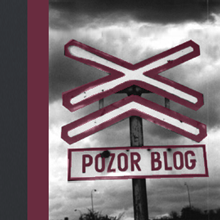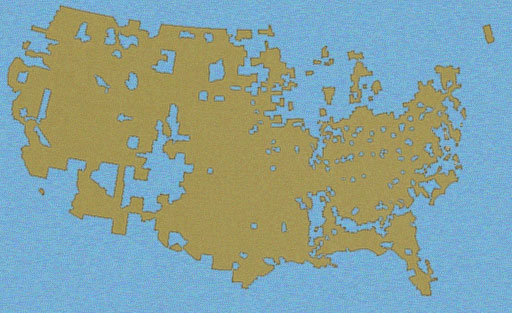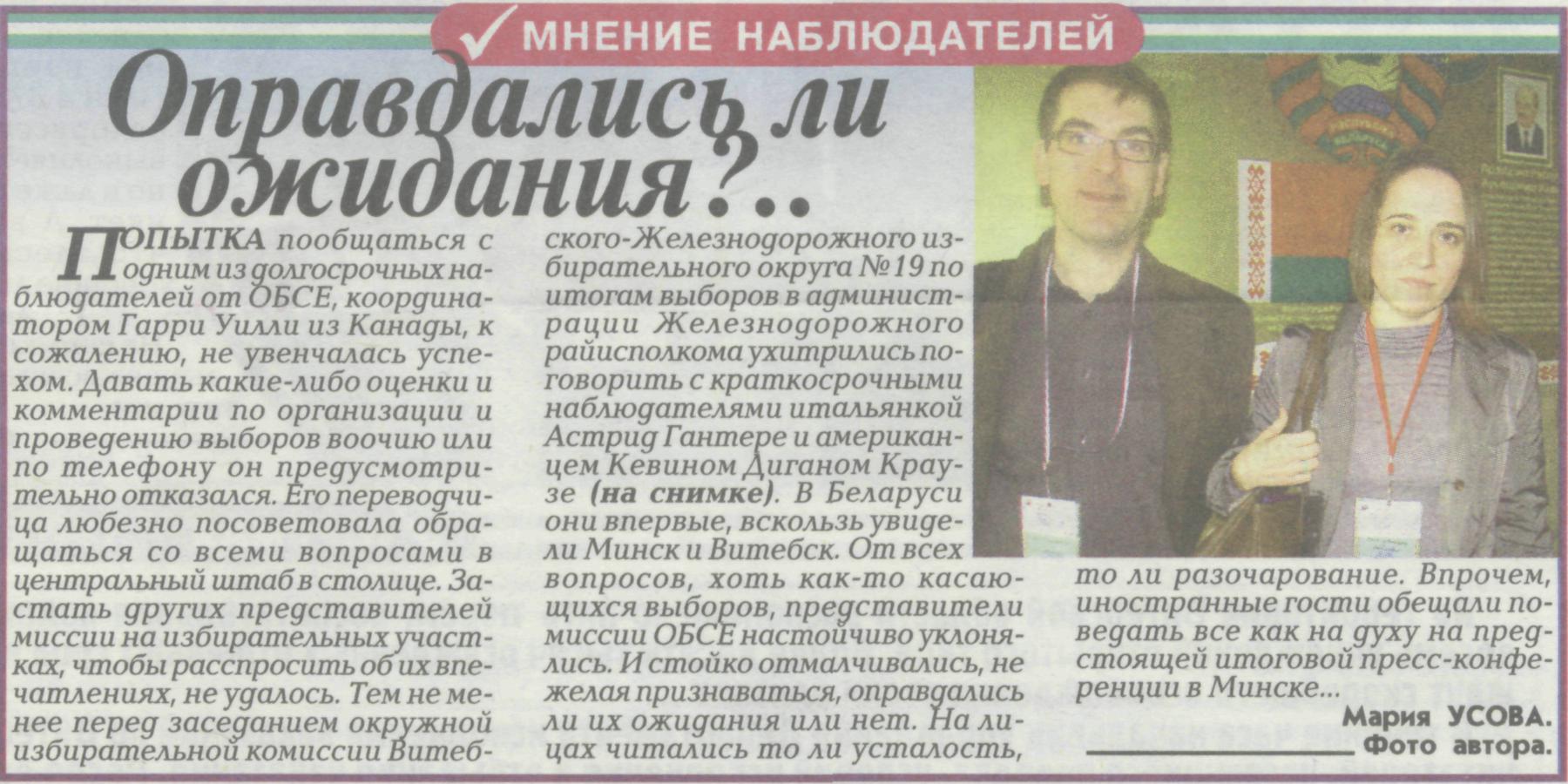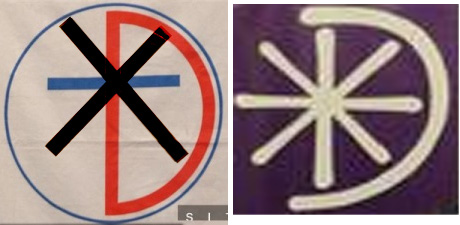August-November 2008 Poll Comparisions
Trends and comparisons monthly report
Although the overall figures for the last four months show little change, there have been some curious shifts in the polling numbers of various polling firms. A graph of recent polling results for Smer from multiple sources shows in particular a sharp increase among Smer supporters on FOCUS polls, especially in October, when FOCUS and UVVM produced the same result. (For context, the last time that Smer numbers were higher in FOCUS polls than in UVVM polls was April 2006, and since the June 2006 elections Smer’s numbers from UVVM have exceed its numbers from FOCUS by an average of 6 percentage points. Smer’s preferences were not higher in MVK polls, however, and the party’s record highs in FOCUS polls were counteracted by record lows in MVK, especially in November. (A side note: because UVVM and FOCUS produced identical results for Smer in October, the overlapping of their + and x symbols misleadingly produces a near-circle that resembles the indicator used here for MVK).
This graph of recent polling results for SDKU shows a reorientation of polling numbers but a stable aggregate. Numbers for UVVM dropped sharply between October and November but rose sharply for MVK. They stayed the same for FOCUS and the overall result is an average identical to the previous month.
This graph of recent results for SNS for the entire season shows tight clustering around the mean, with no more than 1 percentage point difference between any party and the mean. That mean appears to have settled between 10-11% in the last three months and it is intriguing that this has happened despite an escallation in tensions between Slovakia and Hungary and heightened rhetoric and visibility for Slota. December’s UVVM numbers may help figure out if there is any delayed effect but if not, it bodes ill for SNS which should be seeing some boost from the conflict. A side note, I found it necessary this month to shift the range of the graph for SNS from a 10%-20% scale (like SDKU) to a 5%-15% scale (like SMK, HZDS and KDH).
This graph of recent results for MK again show unexpected volatility for what should be a stable population. FOCUS numbers (hidden under the MVK circle) rebounded from near record lows in the October poll to something closer to the recent FOCUS averages for MK. The inclusion in November of numbers from MVK (which tends to produce higher numbers for MK than other firms) brought the party’s average back up above 9% but I now have little doubt that MK’s numbers have begun to trail the party’s demographic base in a way they have not done in the past. Whether this means they will poll lower in elections is an open question. It will also be interesting to see if December numbers show the conflict between Slovakia and Hungary producing higher MK numbers.
This graph of recent results for HZDS shows more stability than for other parties. The relative positions of pollsters remains unchanged and the party’s average has not changed by 0.5% percentage points from month to month.
This graph of recent results for KDH shows a bit more volatility than has been the recent norm, with a sharp drop by UVVM countered by a sharp rise by FOCUS. MVK hugs the mean for this party, as it has often done. The KDH-splinter party KDS registered for the first time above random noise on MVK’s September survey (though at a mere 0.8%), but the (as usual) haphazard reporting of results by major Slovak dailies does give any information about that party’s performance in November.
This graph of recent results for KSS shows stability. Good MVK numbers bring the party up near 3% for the first time in half a year but little else seems to have changed.
This graph of recent results for SF shows bigger changes. After October’s consensus at the 2% mark, FOCUS now shows the party at 3% while the UVVM numbers are back at 1%. This is always difficult to gauge since the party’s total support is below the margin of error, even assuming no sampling problems.
Finally, while I did not prepare the graphs, HZD is at a post election high of 1.9, perhaps because of former party chair Gasparovic’s presidential election bid (the party saw a significant but fleeting gain during Gasparovic’s last effort) while ANO hovers on the threshold of non-existence with another 0.5%.

 Dissatisfaction with Slovakia’s current roster of pro-market, cultural liberal parties has produced yet another entrant: Liga-Civic Liberal Party: http://www.liga-ols.sk. Liga-OLS enters an crowded field, one already occupied by SDKU as well as the smaller, non-parliamentary Alliance of the New Citizen (ANO) and Slobodne Forum (SF).
Dissatisfaction with Slovakia’s current roster of pro-market, cultural liberal parties has produced yet another entrant: Liga-Civic Liberal Party: http://www.liga-ols.sk. Liga-OLS enters an crowded field, one already occupied by SDKU as well as the smaller, non-parliamentary Alliance of the New Citizen (ANO) and Slobodne Forum (SF). 






